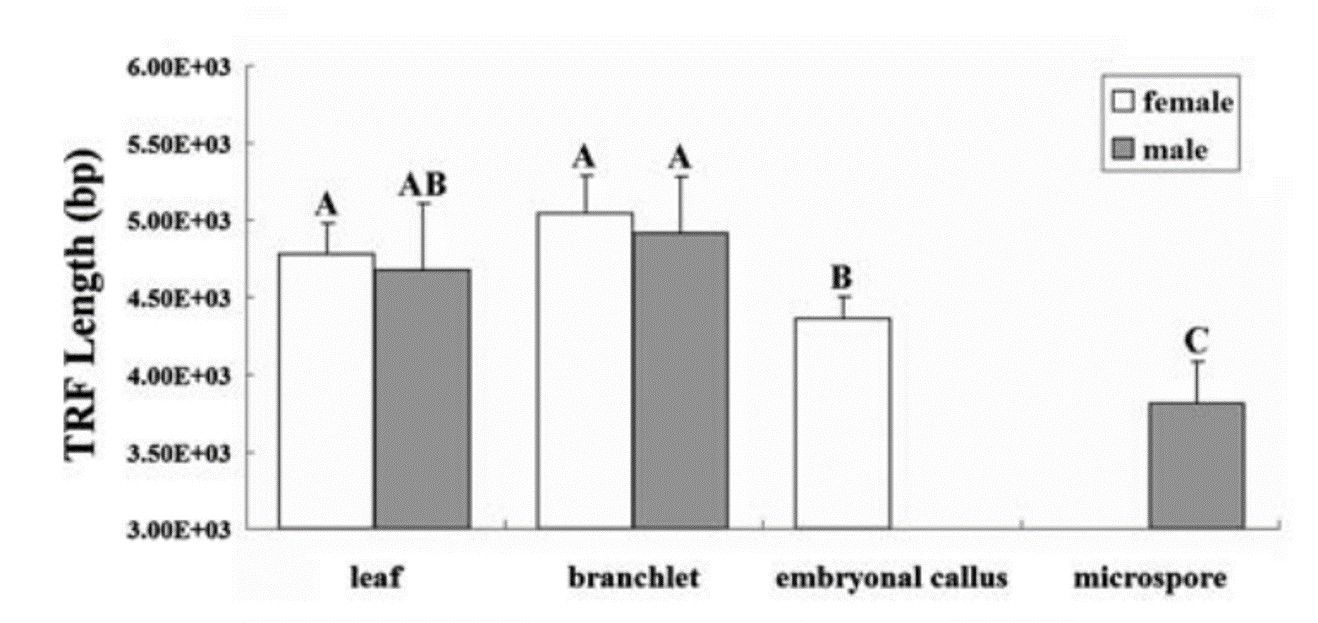Telomeres are specialized DNA-protein complexes that cap the ends of chromosomes, protecting them from degradation and fusion with other chromosomes. They consist of repetitive DNA sequences and associated proteins, which play crucial roles in cellular aging and genome maintenance. Comparative analysis of plant telomeres helps understand the structural and functional variations among different plant species.
As a leader in biological research services, Lifeasible exhibits several advantages in the comparative analysis of plant telomeres. Our state-of-the-art facilities and advanced sequencing technologies ensure high-quality data generation. We also have a vast collection of plant samples, enabling comprehensive comparative studies across various plant species.
| Service Steps | Description |
| Sample collection | We collect plant samples from different species, representing a wide range of taxonomic groups. Depending on the plant species under investigation, these samples may include leaves, stems, or even seeds |
| DNA extraction | We extract high-quality genomic DNA from the collected plant samples. The extracted DNA serves as the template for subsequent telomere analysis |
| Telomere length measurement | We employ various techniques, such as quantitative polymerase chain reaction (qPCR), Southern blotting, and fluorescence in situ hybridization (FISH), to measure telomere length accurately |
| Telomere-binding protein analysis | Our analysis includes identifying and characterizing telomere-binding proteins in different plant species using pulldown assay, chromatin immunoprecipitation (ChIP), and co-immunoprecipitation (Co-IP) |
| Comparative analysis | We perform comparative analysis among different plant species. This analysis aims to unravel the variations in telomere length and associated protein repertoire, shedding light on the evolutionary and functional aspects of plant telomeres |
 Fig. 1 Telomeric restriction fragment lengths in different tissues of different ages. (Liu D, et al., 2007)
Fig. 1 Telomeric restriction fragment lengths in different tissues of different ages. (Liu D, et al., 2007)
We also offer comparative analyses of plant telomere-binding proteins in different plant species. These proteins play an essential role in regulating telomere length, telomere capping, and telomere homeostasis. Comparative studies can help identify conserved telomere-binding proteins and species-specific variations in the telomere-associated proteome.
Lifeasible, with its expertise and advanced resources, is committed to advancing the understanding of plant telomeres through comprehensive comparative analysis. If you are interested in our services or have some questions, please feel free to contact us or make an online inquiry.
Reference
Lifeasible has established a one-stop service platform for plants. In addition to obtaining customized solutions for plant genetic engineering, customers can also conduct follow-up analysis and research on plants through our analysis platform. The analytical services we provide include but are not limited to the following:
Get Latest Lifeasible News and Updates Directly to Your Inbox
Adaptive Evolutionary Mechanism of Plants
February 28, 2025
Unraveling Cotton Development: Insights from Multi-Omics Studies
February 27, 2025